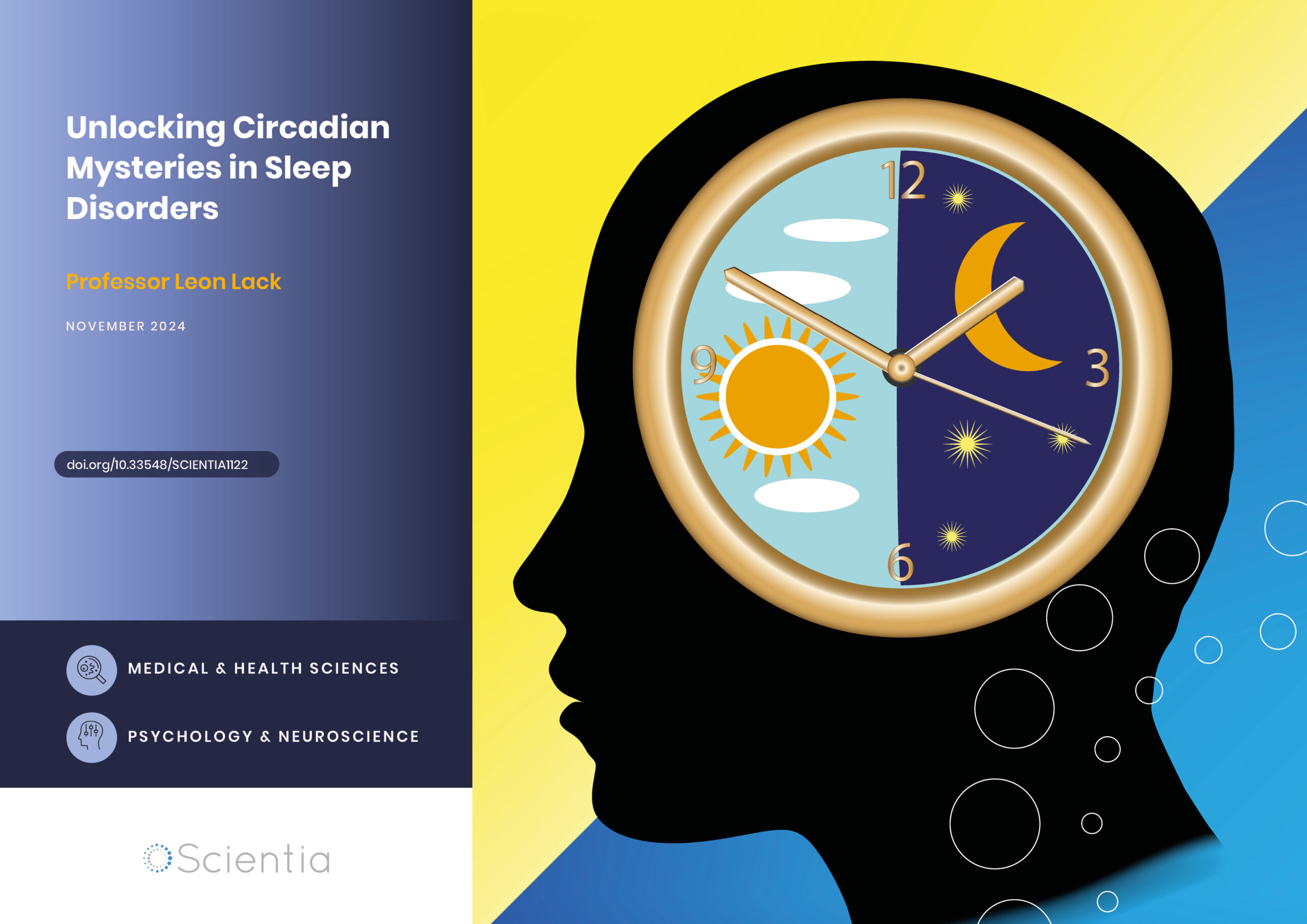Dr Charles DeLisi – Genetically Engineered Plants: A Potential Solution to Climate Change
Climate change is already having devastating effects felt across the globe. Without adequate measures to counteract the human drivers behind climate change, these negative consequences are guaranteed to increase in severity in the coming decades. Esteemed biomedical scientist, Dr Charles DeLisi of Boston University, urges that a multi-disciplinary approach to mitigating climate change is vital. Using predictive modelling, he has demonstrated the potential power of genetically engineering plants to remove excess carbon dioxide from the atmosphere, thereby mitigating climate change.
The Climate Emergency
Climate change is, arguably, the most significant global threat that society faces. Even small perturbations in the planet’s climatic system have disproportionately severe consequences, leading to water shortages, crop failures, biodiversity loss, and increasingly common natural disasters. Without drastic measures to combat climate change, these impacts will continue to increase in severity and frequency, posing a major threat to the stability of human society and all life on Earth.
These changes are driven by increasing levels of atmospheric ‘greenhouse gases’, such as carbon dioxide. Released as a by-product of fossil fuel combustion and other human activities, the level of carbon dioxide in the atmosphere is over 45% higher than it was 200 years ago. Like all greenhouse gases, carbon dioxide slows the dissipation of heat from the Earth’s surface into outer space, causing the planet to heat up, and disrupting its delicate climate systems.
‘During the post-industrial period, the planetary temperature has increased rapidly,’ explains Dr Charles DeLisi of Boston University. ‘Ice sheet melting has accelerated, ocean levels have risen with concomitant increases in coastal flooding, and extreme weather events have increased in frequency.’

Emissions Reductions: Not the Whole Solution
Thus far, measures to tackle climate change have focused on reducing our emissions of carbon dioxide and other greenhouse gases. Over the last three decades, over 100 nations across the globe have signed multiple agreements to voluntarily limit their emissions, but these measures alone are proving ineffective at slowing climatic disruption.
Even if completely effective, current measures would still only solve a small proportion of the problem. Emissions from agriculture, construction and transportation are largely unaffected by current emissions restrictions, while carbon dioxide remains in the atmosphere for hundreds of years. ‘Consequently, even an immediate halt to all emissions would not help the current situation, and the temperature would have to increase another 0.5°C or so before the heat radiated from the planet would match the incoming solar radiation,’ says Dr DeLisi.
Additionally, developing nations rely on the readily available and relatively cost-effective use of coal to meet their growing energy requirements, which will make rapid reduction in the near future difficult. Therefore, by relying solely on reducing emissions, we risk irreversibly damaging the planet’s delicate ecosystems and our own ability to sustain the human population.
Without additional measures to counteract the impact of human activity on Earth’s climate, the annual global temperature is likely to be greater than 2°C higher than pre-industrial levels before the end of the century. Methods to physically remove carbon from the atmosphere – called ‘negative emission’ – are gaining traction as a necessary strategy to slow climate warming over the next few decades while countries across the globe develop the infrastructure required to use greener energy sources. As Dr DeLisi explains: ‘It is crucial that the international community agree on and develop technologies that would augment regulatory approaches by irreversibly drawing carbon from the atmosphere.’
‘It is crucial that the international community agree on and develop technologies that would augment regulatory approaches by irreversibly drawing carbon from the atmosphere.’

Removing Atmospheric Carbon
Dr DeLisi, whose academic achievements include the development of the Human Genome Project, proposes the use of Synthetic and Systems Biology (SSB) to develop powerful tools to remove carbon from the atmosphere. He suggests that by using the revolutionary genetic techniques of SSB that could scarcely have been imagined just a decade ago, genetically modified plants could help regulate the carbon cycle and achieve negative emission. Dr DeLisi’s proposals have the potential to inform an interdisciplinary approach to mitigating climate change that could help society avoid disastrous consequences.
A number of carbon removal strategies have been proposed previously, however, Dr DeLisi’s recent opinion piece in the peer-reviewed journal Biology Direct is the first of its kind to incorporate suggestions based on SSB technologies into an atmospheric carbon dioxide prediction model.
By using SSB technologies to develop plants with a greater capacity for removal and storage of carbon from the atmosphere, Dr DeLisi suggests that the ‘fast carbon cycle’ – the exchange of carbon between land, sea and atmosphere over decadal time scales – could be manipulated to achieve negative emission. Without human influence, approximately 120 gigatons (120 billion tonnes) of carbon is removed from the atmosphere each year by plants during photosynthesis, while almost the same amount of carbon is returned to the atmosphere through plant and microbe respiration.
Dr DeLisi explains that SSB technologies could be used to design plants and microbes that return less carbon dioxide to the atmosphere than they remove, thus shifting the annual cycle towards carbon-negative values.
Modelling Atmospheric Carbon Removal
Dr DeLisi proposes a few potential methods of using SSB technologies to modulate the fast carbon cycle that warrant further investigation. For example, genetically engineering plants that have an increased ‘root to shoot’ ratio could help them to capture more carbon beneath the soil. Genetically engineered soil microbes that perform a similar function are also within the realms of possibility. Other strategies warranting further investigation include genetically modifying trees that are not under large forest canopies to produce pigments that help to reflect heat away from the planet’s surface – which may become increasingly important as larger areas of the polar ice caps are lost to melting.
To demonstrate the potential power of atmospheric carbon removal strategies that employ SSB technology, Dr DeLisi modelled the potential reductions that could be achieved using genetically modified trees under different hypothetical scenarios. ‘Trees were used to fix ideas because they are the dominant engine of carbon turnover, so in the longer term I expect they will be the major mitigant,’ he says.
If 10% of the planet’s trees were genetically engineered to operate at 90% efficiency, atmospheric carbon would drop from its current level of 850 gigatons to 647 gigatons over a period of 80 years. However, the model also highlights the importance of using atmospheric carbon removal strategies in conjunction with measures to reduce emissions, as these results can only be achieved if emissions also steadily reduce to zero over the next 80 years.
Currently, an extra 5 gigatons of carbon is added to the atmosphere each year due to human activity. Without a reduction in emissions, Dr DeLisi’s model demonstrates that even with the best outcomes for modified tree efficiency, atmospheric carbon would only be reduced to 833 gigatons over the 80-year period. In contrast, reducing emissions without using additional removal techniques would see the atmospheric carbon levels rise to 1047 gigatons during the same period.
Delaying these actions also has significant consequences. Reducing emissions, as we are currently attempting, but delaying implementation of carbon removal strategies by 20 years, adds approximately 100 gigatons of carbon to the atmosphere. Even at optimum modified tree efficiency and successful reduction of emissions, a delay of 20 years would result in atmospheric carbon levels of 793 gigatons after an 80-year period, in comparison to the 647 gigatons achievable if actions were implemented immediately.

The Future is Collaboration
Trees are likely to be an important component in long-term strategies to mitigate climate change. However, the complexity of their genomes is likely to delay their utility in carbon removal strategies. In contrast, many agricultural crop plants have already been genetically altered to produce desirable characteristics. As Sir Richard Roberts, a leading molecular biologist commented: ‘Agricultural crops grown for food production might be a better short-term target. Many are already understood genetically sufficiently well that further modification might be relatively straightforward.’
Having demonstrated the ramifications of delaying atmospheric carbon removal strategies, Dr DeLisi agrees that using other plants as short-term solutions may be vital. ‘The fact that many agricultural plants are much better understood than trees and would offer a quicker start is especially important given the urgency of the problem,’ he says.
However, Dr DeLisi emphasises that to progress towards these goals, a thorough evaluation of various potential strategies is necessary. ‘What’s needed now is a careful vetting by the scientific community of the various technical strategies, including the state of the underlying science, plausible timelines and trade-offs between different approaches, costs, environmental impact, efficacy and governance,’ he elaborates.
Ideally, the success of climate change mitigation strategies will be amplified through collaboration between researchers from multiple scientific disciplines. For example, plant physiologists and synthetic and systems biologists and engineers will need to work closely together to genetically engineer plants with the required carbon removal characteristics. ‘We’re hoping that some of the ideas generated by engaging various communities – climate scientists, biotechnologists, ethicists, policy experts – will be helpful in formulating a scientific plan to begin addressing this challenge, which will require strong international collaboration,’ says Dr DeLisi.
Given the immense complexity and potentially devastating consequences of climate change, it is imperative that all available technologies are given serious consideration. In previous decades, focus has largely been on strategies to reduce greenhouse gas emissions. However, Dr DeLisi’s model demonstrates absolutely that a multifaceted plan employing many different strategies is necessary to avoid a worldwide climate disaster.
Reference
https://doi.org/10.33548/SCIENTIA500
Meet the researcher

Dr Charles DeLisi
Department of Biomedical Engineering
Boston University
Boston, MA
USA
Dr Charles DeLisi earned his PhD in Physics from New York University, before continuing onto postdoctoral research in Chemistry and Engineering at Yale University. His pioneering research into immunology, cell biophysics, genomics, and protein and nucleic acid structure and function has been internationally recognised. He is considered the father of the Human Genome Project. Dr DeLisi currently holds the positions of Professor of Biomedical Engineering, and Metcalf professor of Science and Engineering at Boston University. His research team within the Bimolecular Systems Laboratory develops and applies computational and mathematical methods to investigate gene and protein expression within cells. Dr DeLisi has recently been applying his extensive expertise to identifying potential solutions to global problems such as climate change.
CONTACT
E: delisi@bu.edu
W: https://www.bu.edu/eng/profile/charles-delisi-ph-d/
W: https://en.wikipedia.org/wiki/Charles_DeLisi
KEY COLLABORATORS
Dr Daniel Segre, Professor of Biology, Bioinformatics and Biomedical Engineering, Boston University
Dr Ari Patrinos, Chief Scientist of the NOVIM Group
FURTHER READING
C DeLisi, The role of synthetic biology in climate change mitigation, Biology Direct, 2019, 14, 14.

Creative Commons Licence
(CC BY 4.0)
This work is licensed under a Creative Commons Attribution 4.0 International License. 
What does this mean?
Share: You can copy and redistribute the material in any medium or format
Adapt: You can change, and build upon the material for any purpose, even commercially.
Credit: You must give appropriate credit, provide a link to the license, and indicate if changes were made.
More articles you may like
Professor Aristides Marcano Olaizola | Innovation in the Production of Singlet Oxygen
A novel method for producing singlet oxygen via stimulated Raman scattering (SRS) offers an innovative alternative to traditional photosensitizer-based techniques, promising safer and more efficient applications in disinfection, cancer treatment, and beyond. Professor Aristides Marcano Olaizola at Delaware State University is driving innovation in this critical field.
Dr Marta Berrocal-Lobo | Unlocking the Potential of Essential Oils: Illuminating Epigenetic Effects on Plant Defense Mechanisms
Essential oils (EO) are potent in enhancing plant stress responses and mitigating seed-borne diseases, particularly in high-value crops such as tomatoes. While their direct impacts are recognised, the indirect influences on plant growth, metabolism, and immune responses against phytopathogens remain uncertain. Dr Marta Berrocal-Lobo, an esteemed Associate Professor and researcher at the Polytechnic University of Madrid, in collaboration with the Group of Biopesticides led by Dr Azucena Gonzalez-Coloma, is unravelling the transcriptomic and metabolic responses of tomato seeds treated with an antifungal EO against the pathogen Fusarium oxysporum sp. Their findings pave the way for harnessing EO in sustainable agriculture.
Dr Linda Hammerich | Revolutionising Immune Monitoring with Flow Cytometry
Understanding the individual immune response is key to diagnosing and treating a range of diseases. One way of characterising immune cells is through flow cytometry, where cells are tagged with fluorescent markers known as fluorochromes. Detectors use these markers to understand the different physical and chemical features of the individual cells and the overall immune cell population. Dr Linda Hammerich and a team from Charité-Universitätsmedizin in Germany have optimised this technique to investigate up to 31 different cells or markers from one blood test using currently available technology.
Dr Leon Lack | Unlocking Circadian Mysteries in Sleep Disorders
Sleep disorders can significantly disrupt daily life, but their underlying causes are not always clear. Dr Leon Lack from Flinders University has spent decades studying these disorders and how to treat them. By shedding light on the role of circadian rhythms in delayed sleep-wake phase disorder and non-24-hour sleep-wake rhythm disorder, he hopes to unravel why some people struggle to maintain conventional sleep patterns and could lead to more effective treatments for these challenging conditions.




